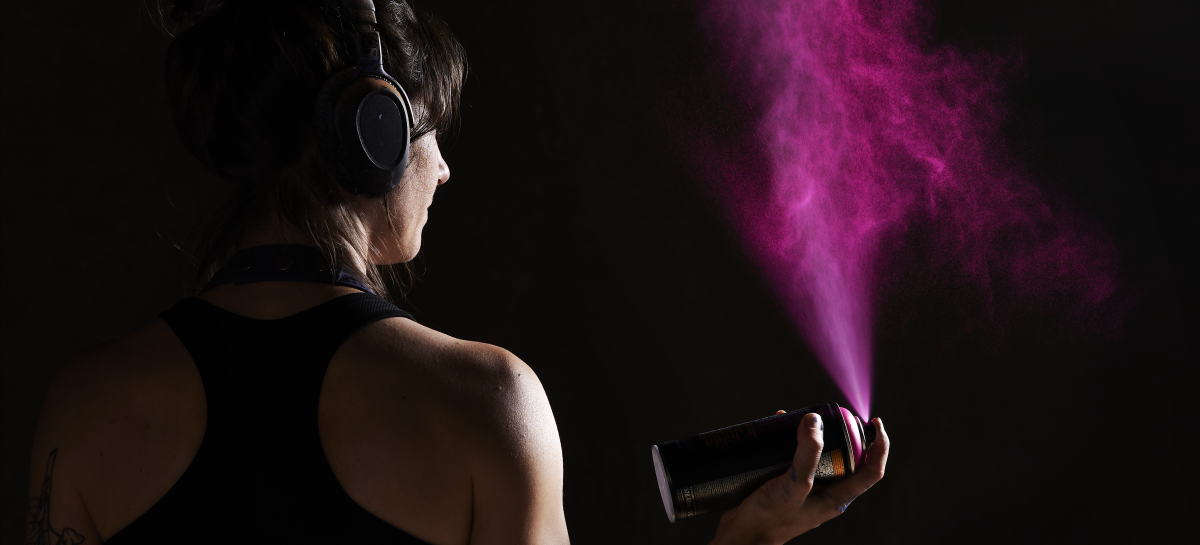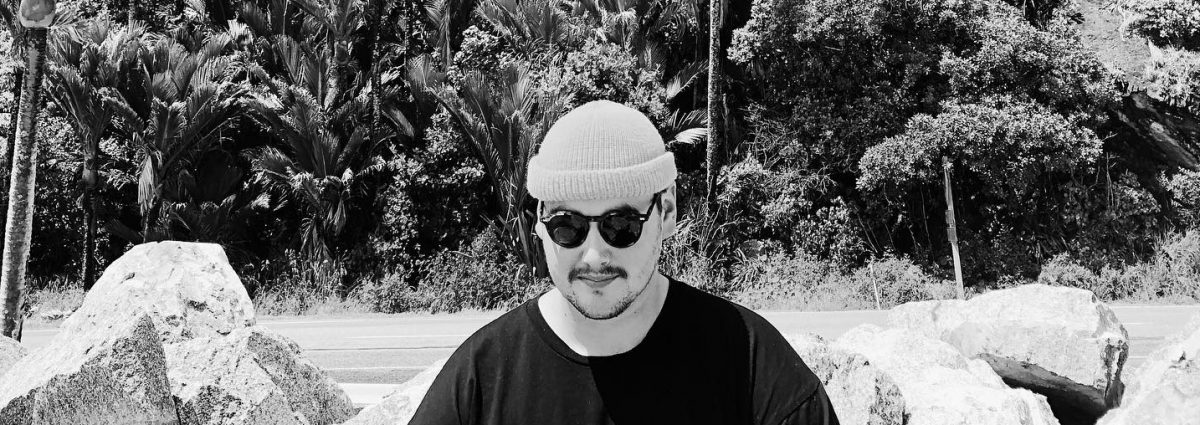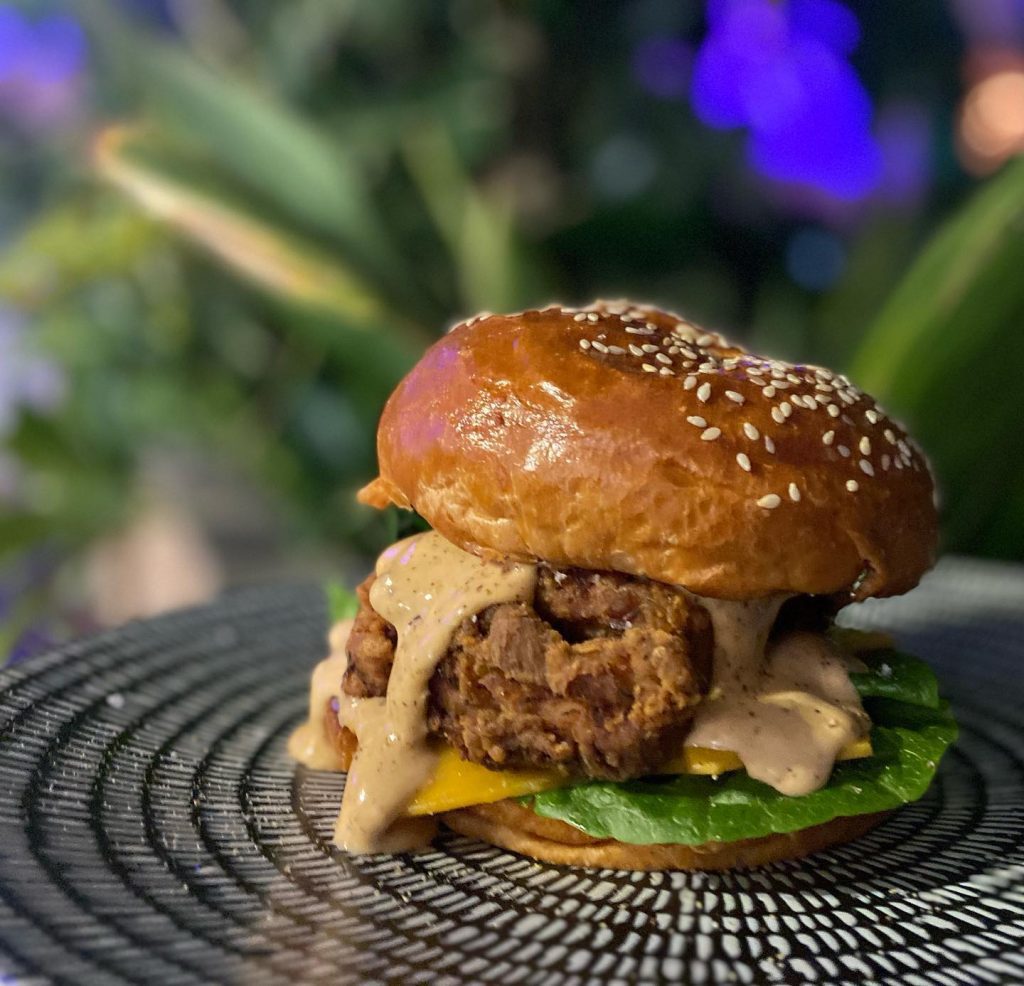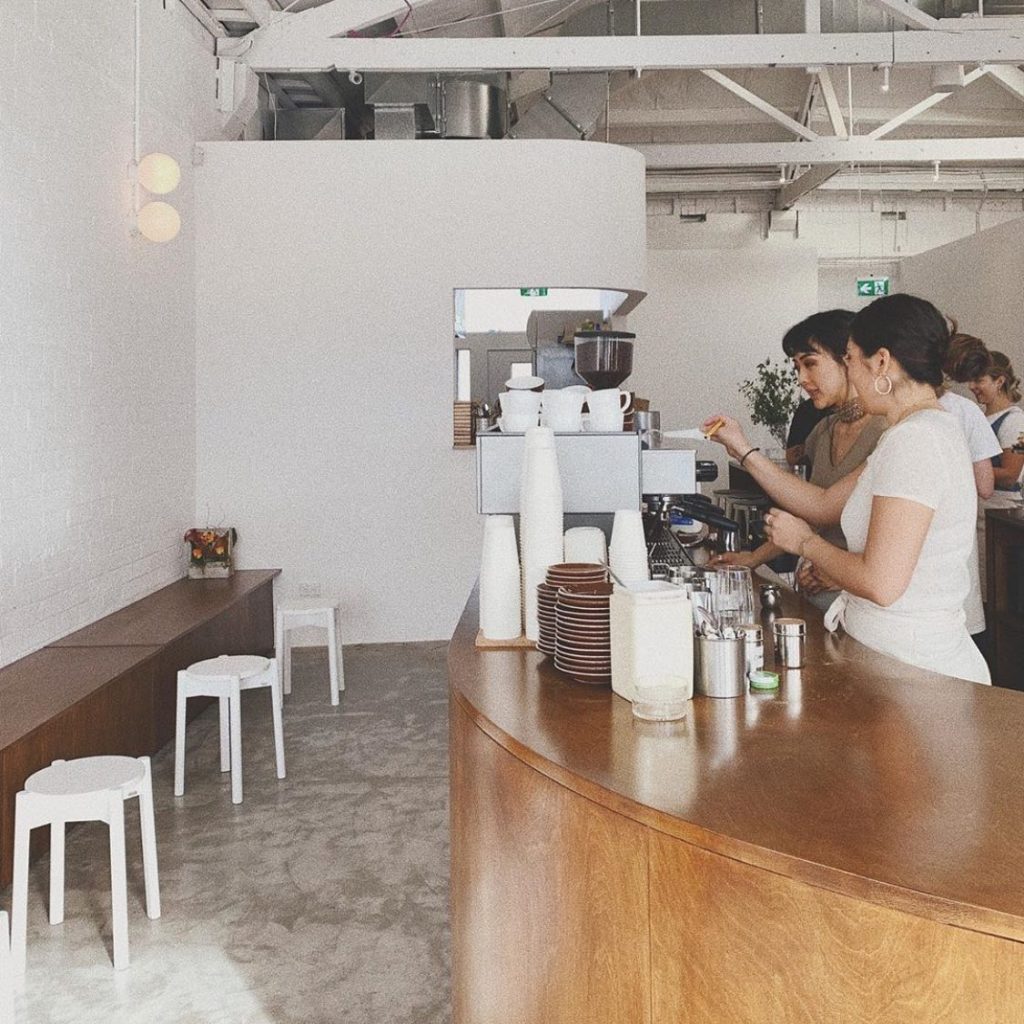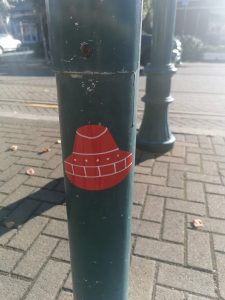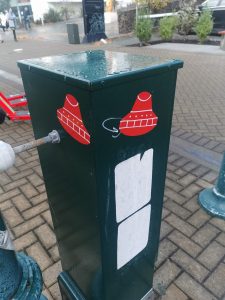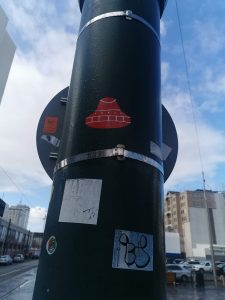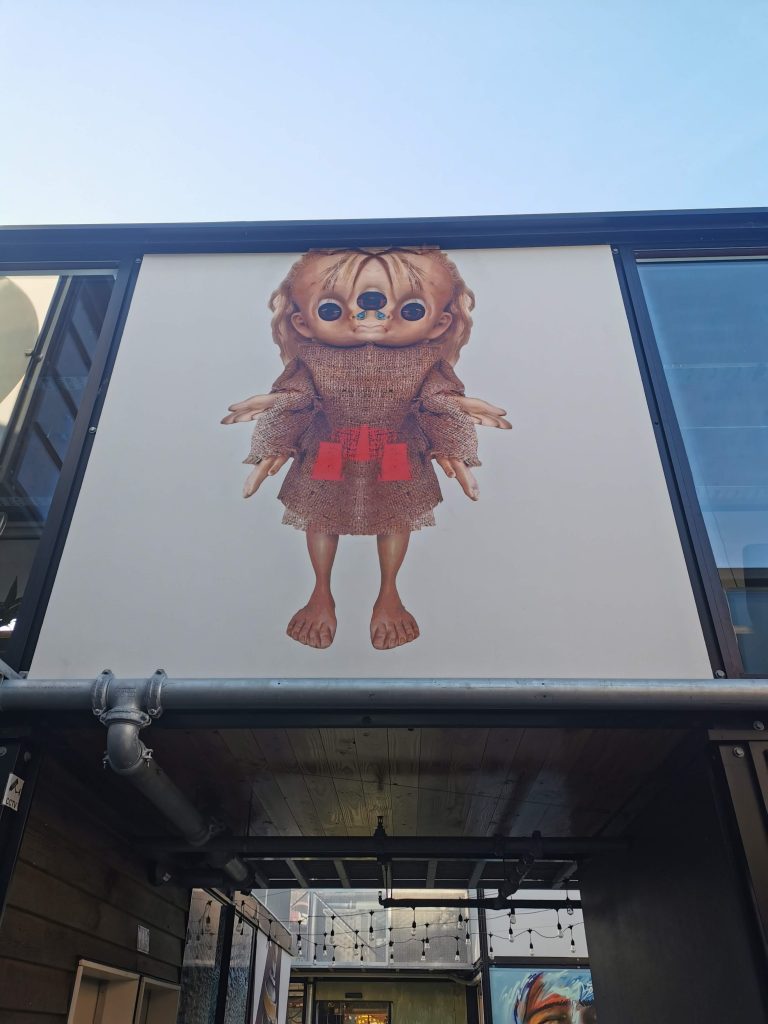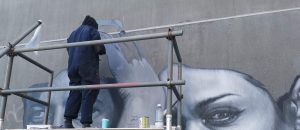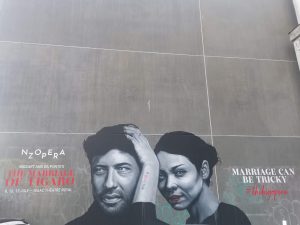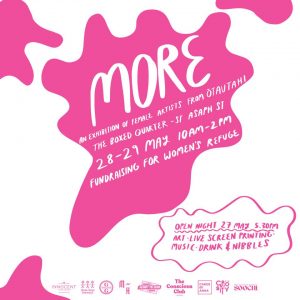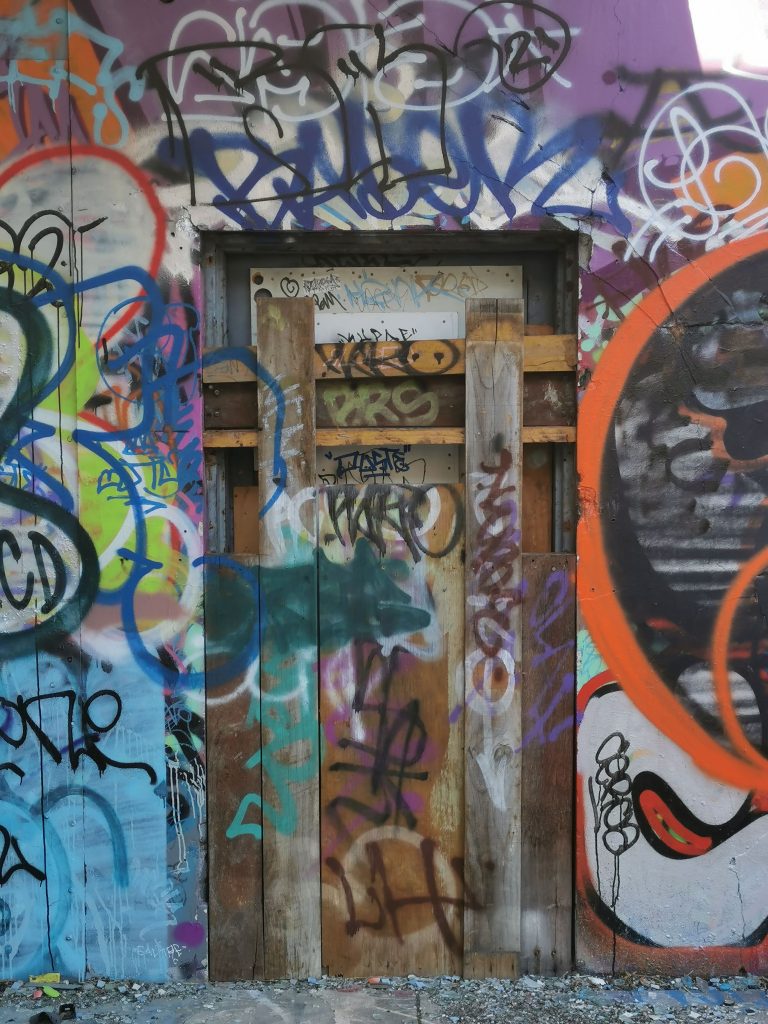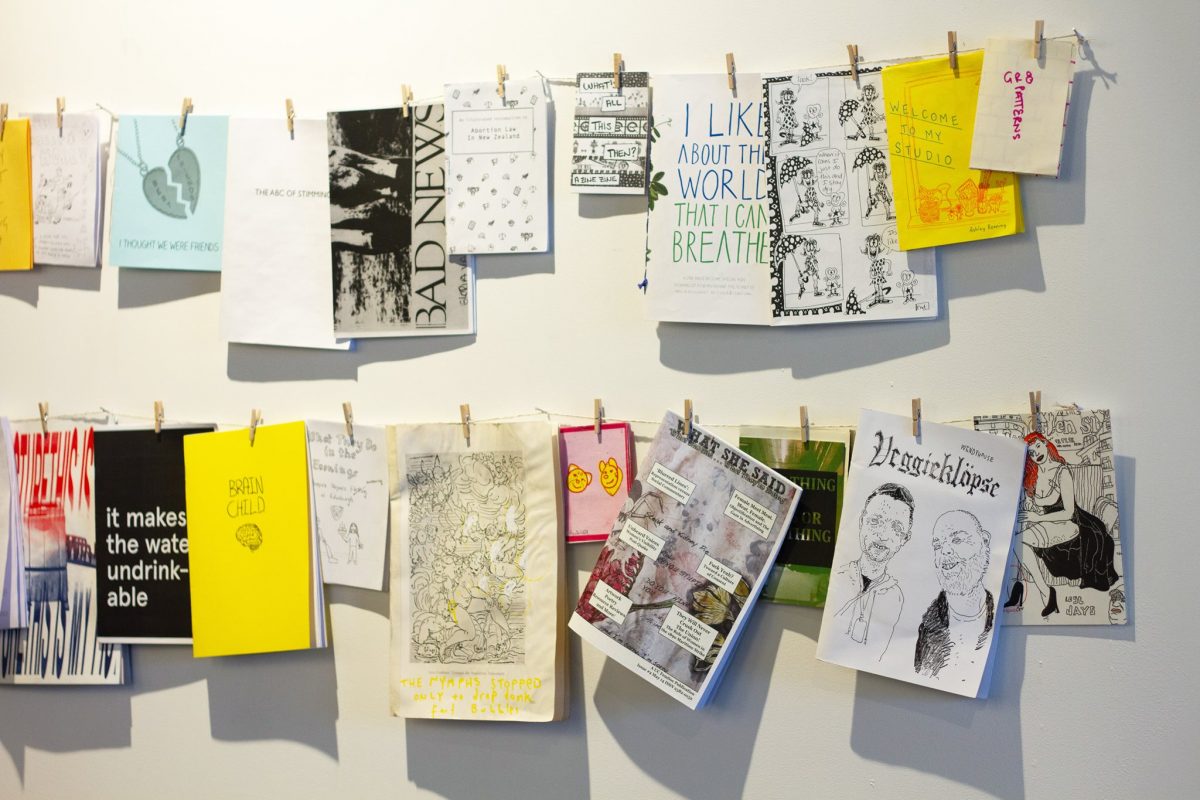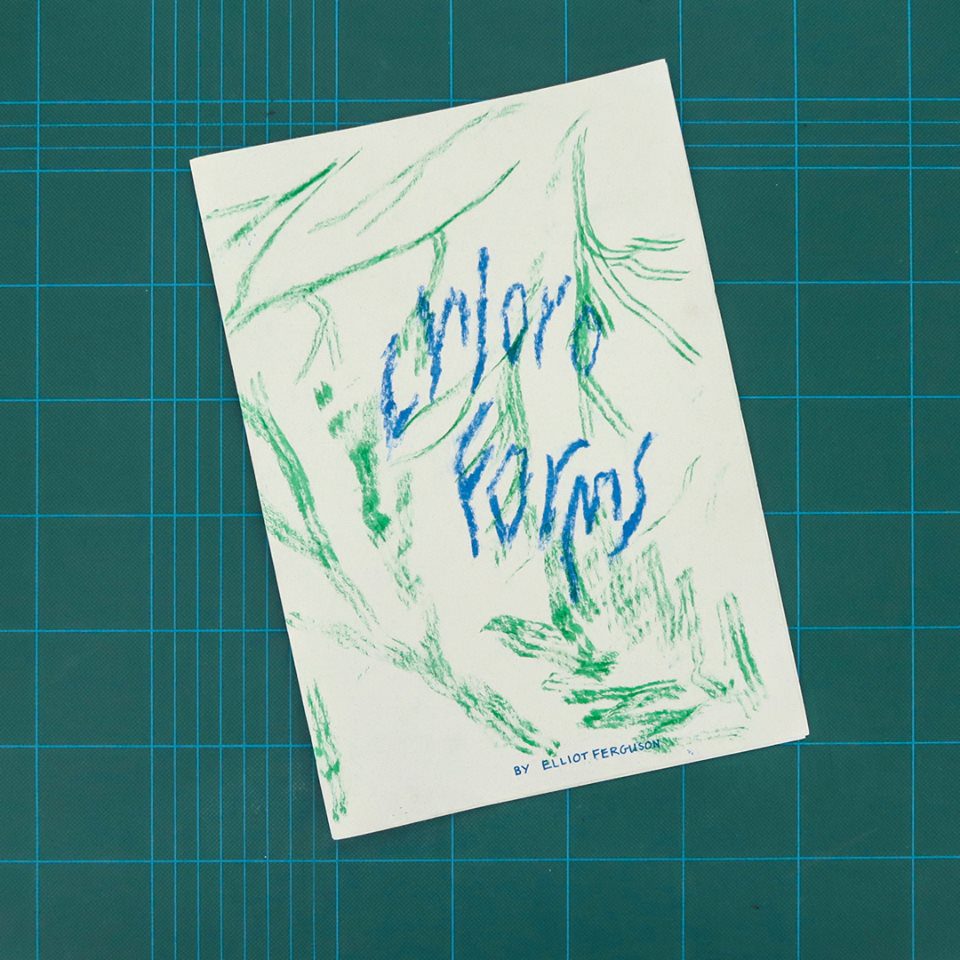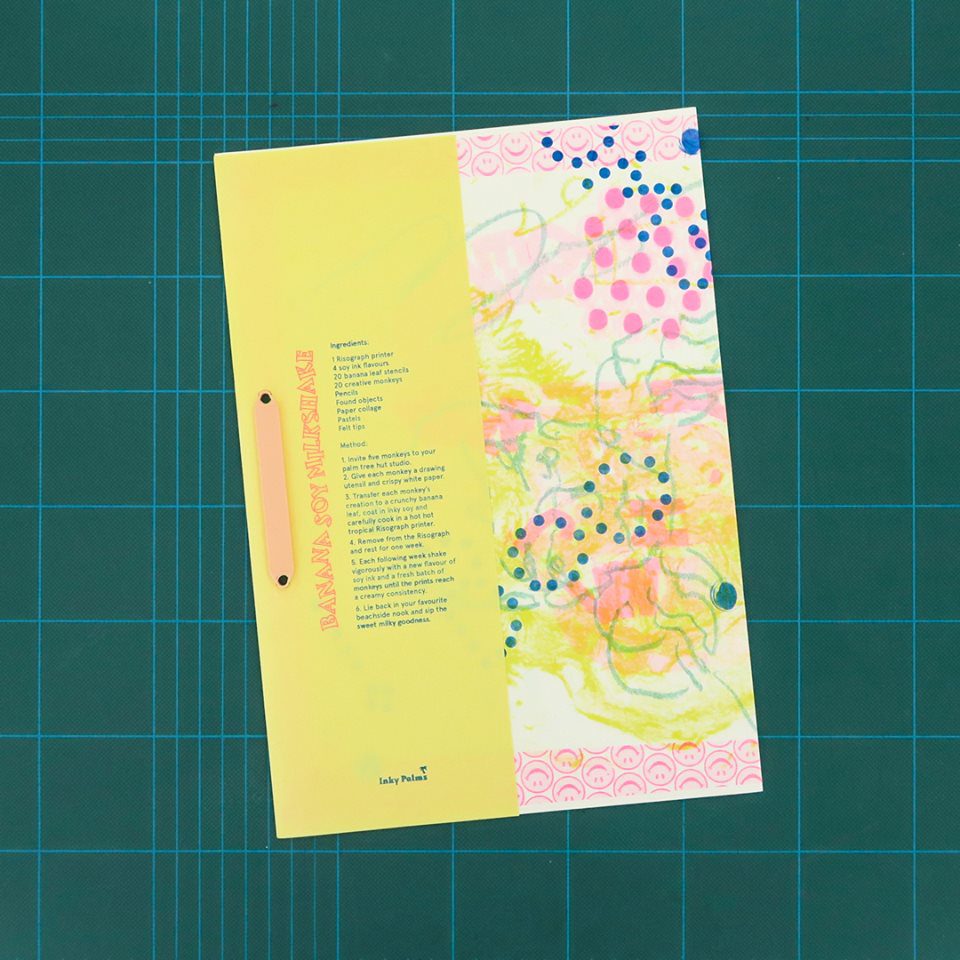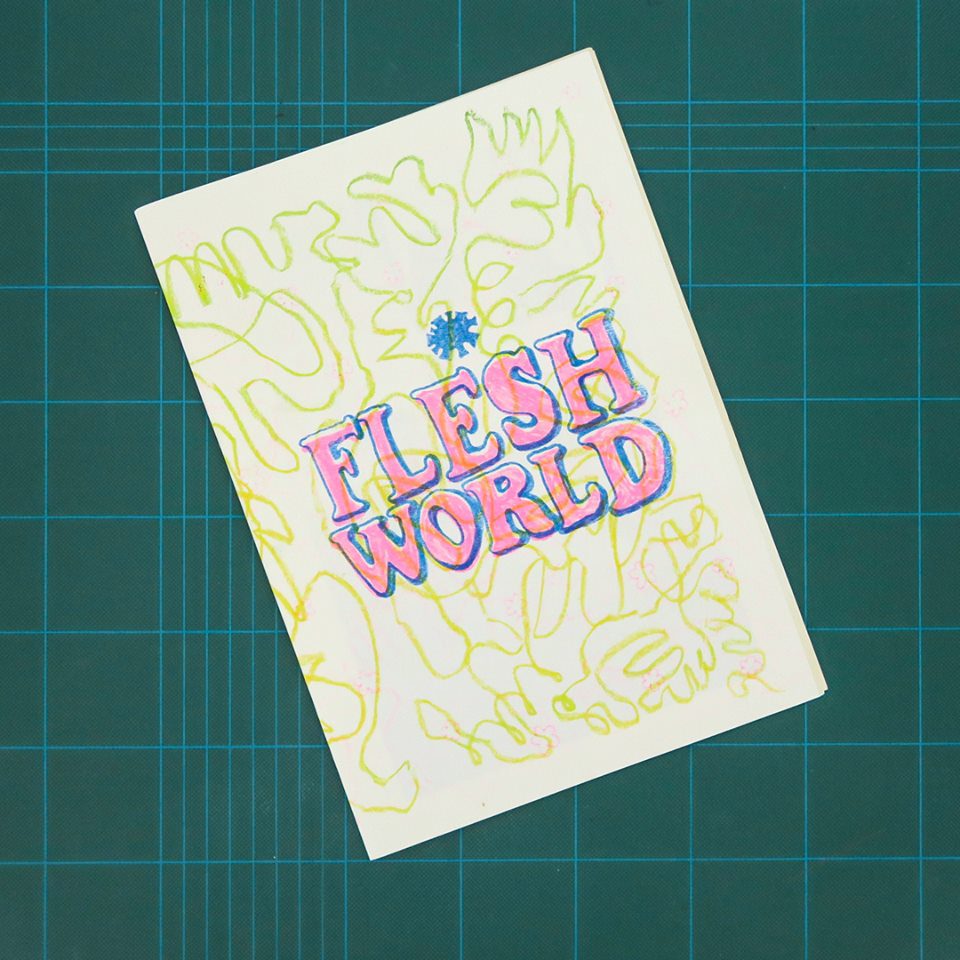Christchurch’s street art reputation is, in many ways, built on the legacy of festival events. The likes of From the Ground Up, Rise, Spectrum and Street Prints Ōtautahi established the city as a destination for artists to find opportunities and for a new audience to experience amazing examples of urban art in a setting that was forced to re-imagine it’s creative profile and identity. It has now been five years since the last significant festival was staged in Ōtautahi, but with the emergence of the Flare Street Art Festival, Christchurch is braced to once more flex it’s status as Aotearoa’s leading urban art city. We sat down with Selina Faimalo, project manager for Flare, to discuss the challenges of developing a street art festival in 2022, what Flare promises, and who we should be excited about…
____________________________________________
The Flare Street Art Festival is just days away, how are you feeling? Are the nerves jangling or is it just excitement?
I’m really excited to see it all, well nearly all, coming together! Obviously, I’m still a bit nervous because things can change between now and then, as we know, but we’re pretty fool-proof under the red traffic light setting. We’ve adapted.
What are some of the significant changes you have had to make?
We originally planned to have a large celebration of street art culture, hip-hop and urban art at the end of the festival. We were going to close down High Street and have a big market and festival with live music, dancing, skateboarding, food trucks, urban stallholders and a pop-up gallery, all sorts of things. That part of the festival had to be cancelled, so instead we’re doing micro events over the ten days; we’re going to have street art tours with Watch This Space, which we were always going to have, they can still go ahead. There will be tours on each weekend of the festival. We’ve still got a pop-up gallery and kind of hang out space, that will be open during the days. Fiksate and Offline Collective are collaborating and going to do some street art projections in some vacant spaces in the SALT District. We have the panel discussion with the artists, that is also with Watch This Space, with some of the headlining artists at 12 Bar, which will be an awesome way to interact with the artists and get to know a bit more about them. It’s going to be live-streamed as well, which is really cool as we can’t host as many people as we wanted to…
It still is a really good program. I think it is important for street art and mural festivals to provide chances to engage with different elements…
Absolutely.
The festival or market day would have been amazing, but I guess there’s a silver lining in that you can now perfect it for next year and grow the festival as a recurring event…
Totally, it might be a bit of a blessing in disguise. I’ve spent about eight months on the process of organizing this festival, so I think it gave us a lot more time to re-evaluate things and put that energy into different things. Obviously, it’s unfortunate that we had to cancel those elements, because we have musicians and vendors were relying on that income from the event. Cancelling those individuals and businesses was really sad, because you have already committed and turned down other bookings… It’s been tough for all in the events industry.

Bringing together the wider urban art community is really important. As you said, there are the headline artists, but that’s not the whole picture, you’ve got other artists too, like the Fiksate team, the artists with work in the pop-up gallery and some smaller live painting events as well. There is a much wider array of people than the names on the posters…
It was important to involve as many Christchurch artists as possible, to make it inclusive and diverse, including, the “OGs” as well as the younger generations, as well as making sure there are female artists represented, who are not always as predominant in the street art scene.
Can you give us a little bit of background on ARCC, who are the organization behind Flare?
ARCC is a group of business leaders and place-makers, who just want to make a bunch of cool stuff happen in the city and revitalise what’s happening here. George Shaw from OiYOU! is a part of ARCC and is obviously a big advocate for street art and he recognised that a lot of the murals from the Rise and Spectrum festivals are not there anymore, as the city is being rebuilt the visual aspect of street art is not there as much, it’s being built in front of or covered, so he just wanted to bring that back, putting it on new buildings and filling these blank walls with street art again and retaking that status as a street art capital, we were obviously in the Lonely Planet as one of the street art capitals of New Zealand and the world…
A lot of that recognition came from the festival events, because you’re seeing a lot of work appear in a short time, there is a rush in activity that captures the attention. So, Flare becomes an important way of re-claiming that title. How did you come to be the project manager for Flare?
I’m actually a trustee of the SALT District, so I already knew about ARCC because a lot of the team are on the SALT District board as well and they had mentioned it. I was going along to the street art meetings and they were talking about it and I’d already been in touch with George anyway because I’d mentioned to him ages ago that I really wanted to do some type of hip-hop street art event and I wanted to know how you would make that happen. He said let’s keep in touch, maybe there will be something that we can do. I also run the Conscious Club with Kophie (Su’a Hulsbosch), we do social and environmental events in Christchurch, we’ve been doing it for the last two years, in which we weaved creativity into the majority of our events. We have held exhibitions together and shared creative working space with her for a while now. I’m not part of the street art community, but I’m a massive fan of street art culture and hip-hop in particular. I really wanted to do a hip-hop event, I talked with Red from the Hip Hop Summit about all the different things that we could do. George’s plan was to run Flare, but he had another exciting project come up. The timing wasn’t great for him to project manage Flare, so he asked if I would be interested in project managing it with his help and guidance, along with the rest of the team at ARCC helping out as well. As business leaders they have great connections to building owners to help make this happen. One of the biggest challenges of a festival like this is getting a building owner to agree to getting their wall painted without knowing what it will be, so without those connections and networks I don’t think it would be possible!
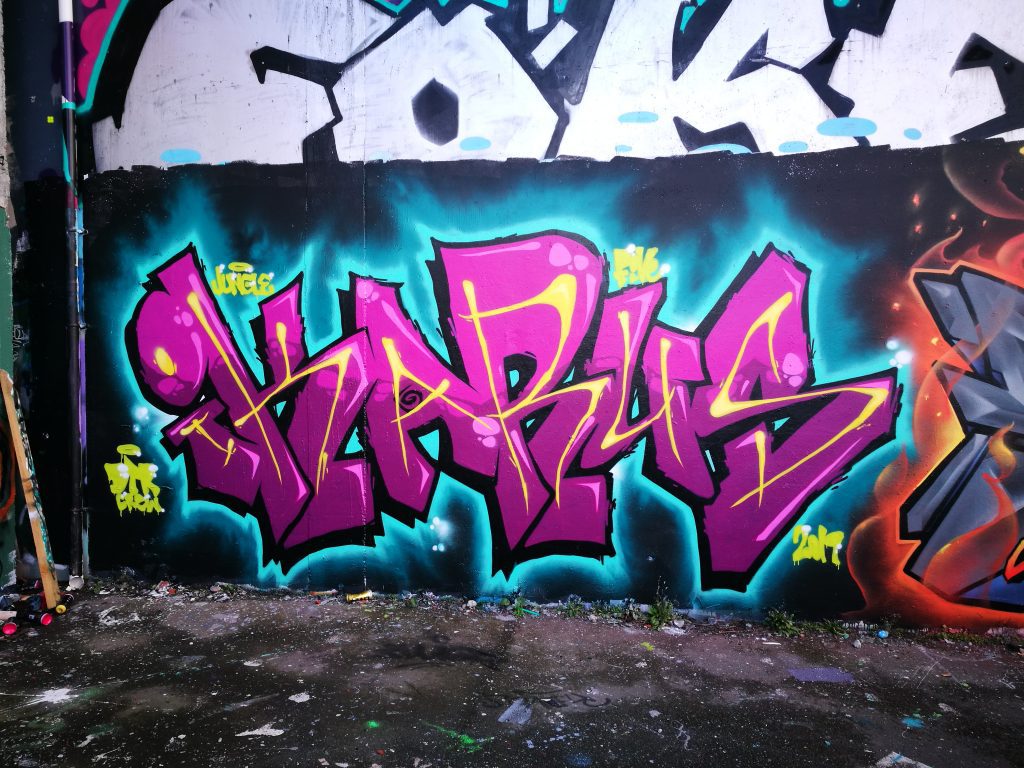
There’s a fine art to that side and you probably had to learn on the fly a little bit! You want wall spaces that are visible and attractive, but you also want to ensure that that building owners are supportive of artistic credibility and freedom. You have to find that balance of great walls with the right people, right?
Yeah, we’re telling artists they will have creative freedom, but obviously it can’t be anything offensive or inappropriate, and when we say inappropriate, like when we spoke to John Hutchinson of Team Hutchinson Ford, about painting his wall, he said as long as you don’t paint a Holden! It was little things like that, I just wouldn’t think about. In general I would say building owners can be a little bit conservative, and like to play it safe, might not want certain things on their walls, so it’s a balancing act of letting some know and showing them designs and then we will be surprising some!
I’m a big believer that part of the job of street artists is to bring the audience along, rather than being dictated to creatively to fit a popular trend that supposedly speaks for everybody. The reality is that we are incredibly diverse as a population, made up of individual voices, so why not let murals be a voice of an individual and in doing so, present a little bit of a challenge to the public audience to come with the artist rather than the artist having to go to the audience? What other skills that you maybe didn’t expect to draw on were needed to bring Flare to life?
I guess navigating the street art scene is something I didn’t know a lot about. I’m quickly learning it is tricky! Obviously, graffiti comes from the streets, which means there an element of rebel and conflict. Having people involved in the festival like DTR crew and Kophie, has helped with those situations. The panels along the Smash Palace pathway will be painted with local graffiti artists, and I don’t think that was my call as to which artists would be involved in that, so I asked Dcypher and Ikarus to facilitate that part of it, so they have led that part because they can navigate the relationships within the graffiti community. Even curating the headlining artists, that was tricky. George actually curated that aspect, but I was part of the conversation, and I don’t think I would have thought about who you should choose in case their work gets tagged over because they’re not respected in the street art community. That is a huge thing that I’ve learnt a lot about recently, if you put the wrong person on a wall, then it’s likely going to get continuously tagged over because they don’t have that respect or that mana in the community…
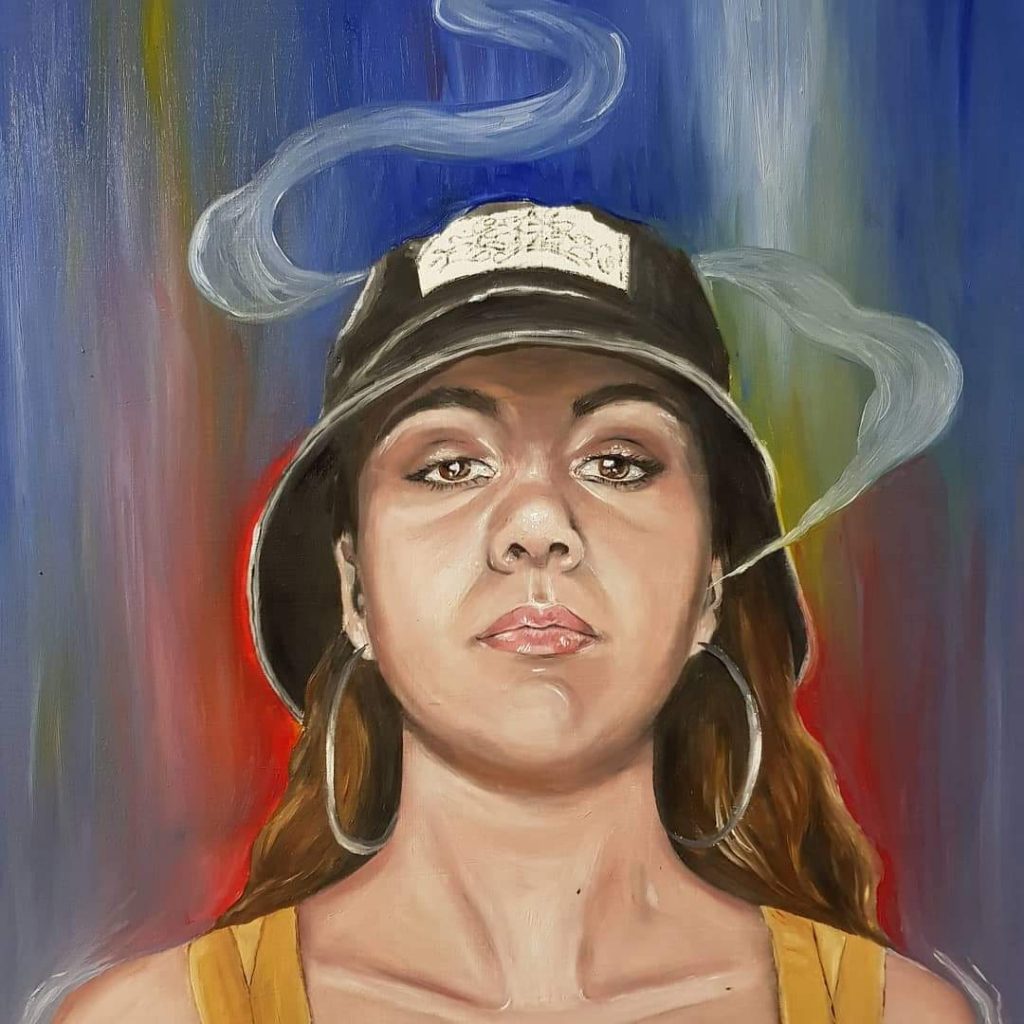
In terms of the final headlining artist roster, from Christchurch we have Kophie, Wongi ‘Freak’ Wilson and Ikarus, and from out of town are Elliot Francis Stewart from Auckland, Kell Sunshine from Gisbourne, Swiftmantis from Palmerston North and Koryu, who is kind of itinerant, kind of travelling around NZ, right?
Yeah, well, he’s based in Geraldine…
That street art mecca!
Yeah! He is based in Geraldine, but he travels a lot, he is originally from Japan.
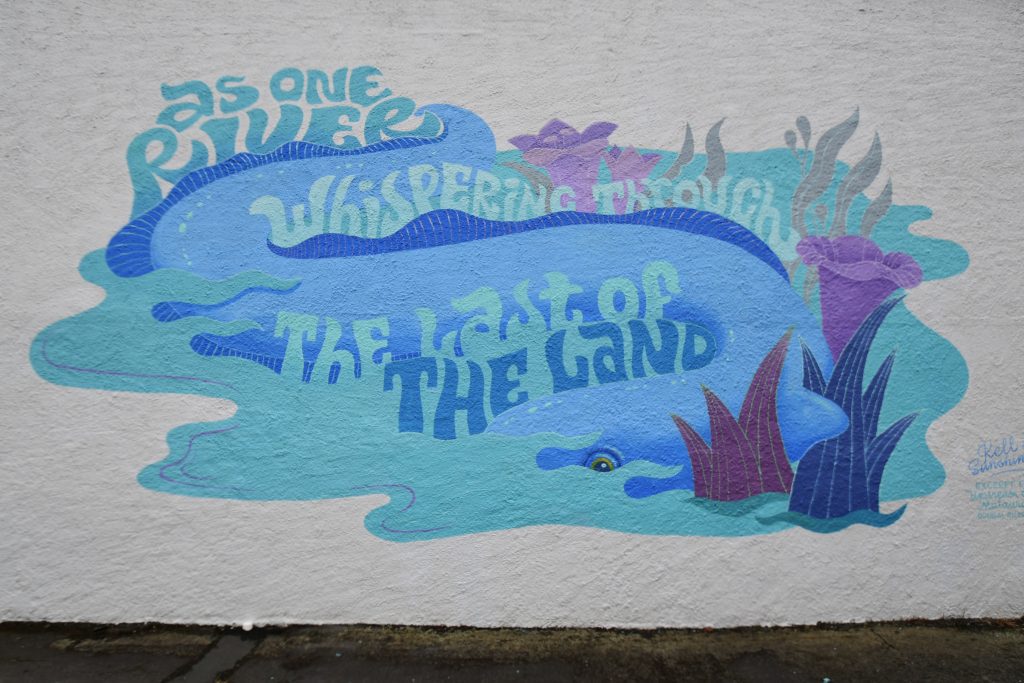
So out of that list, who are you excited to see?
Out of all seven? I mean, I’m going to say Kophie, big respect to the wahine! Being a woman in general is hard and being a woman street artist is even harder and I think she has really stepped up. she has been doing it for over ten years now and I think this is her time to leave a mark in her own city. She’s done commissioned murals but this time she gets to paint what she wants to paint and she’s so talented.
I’m a big fan of Kophie too, she is super talented and its great to see her given this platform. Anyone else?
I would say Koryu, I think his mural will be very cool! I’ve seen his design as well, so that’s why I’m really excited to see what he’s doing. I’ve been watching him this summer, watching every mural that he’s painted and it’s incredible.
He’s relatively new to it as well, right? But he’s developed a style that is both very distinctively his, and I think also speaks to his heritage, but also something that you can understand why the public gravitate towards the detail. It’s graphic and pictorial, you can easily see a crowd going, wow! He also just seems like a lovely guy! There is some amazing footage from South Sea Spray where he won the ‘People’s Choice’ award and he did a break dance because he’s a b-boy as well…
I know, he’s so amazing! That’s one thing I’m really sad about, as part of the festival we were going to have hip-hop and break dancing, and it would have been really cool to have a headline artist paint and dance!
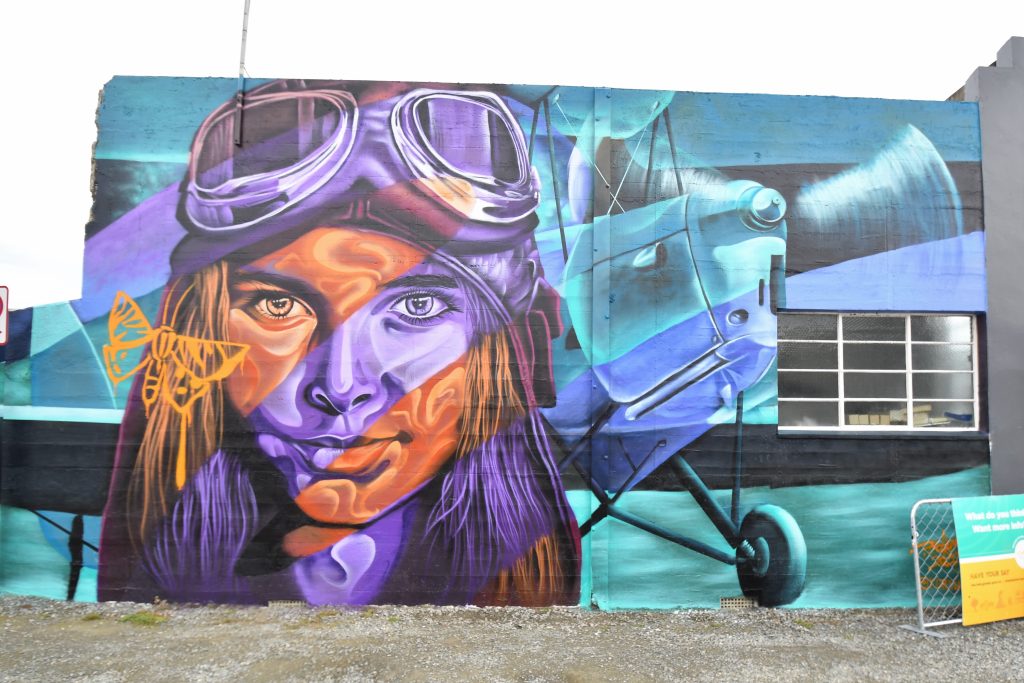
Maybe he could still do that at the panel discussion!
I think so, just break it out!
So, the Flare Street Art Festival begins on the 2nd of March, when the headline artists start painting, but how can people find out more? How can people get involved in the various events?
They can head onto Facebook for the Flare Street Art Festival or the website which is flare.nz. The full program is on the website and if you want to book tickets to any event, you can do that online. I recommend having a look online because that will be have the right information, it is the digital age, we can update things!
____________________________________________
The Flare Street Art Festival is located across the SALT District with a range of activities – follow Flare on social media or visit their website for more information and booking options. Flare runs from the 2nd March until the 12th March, 2022.

